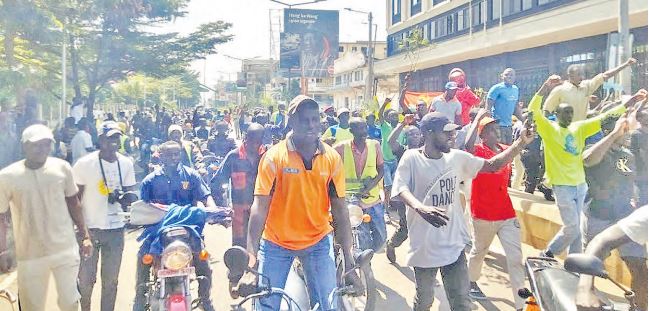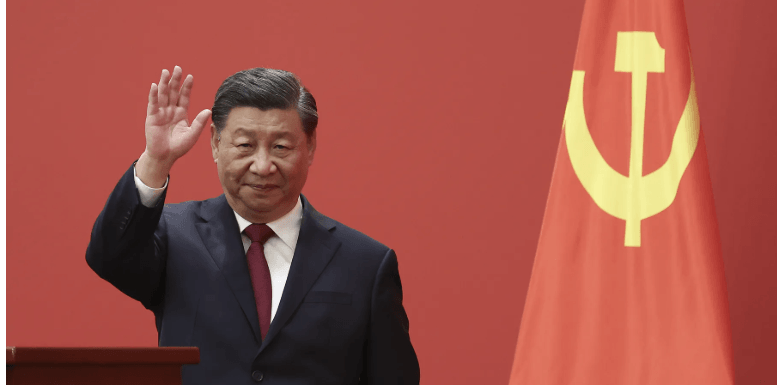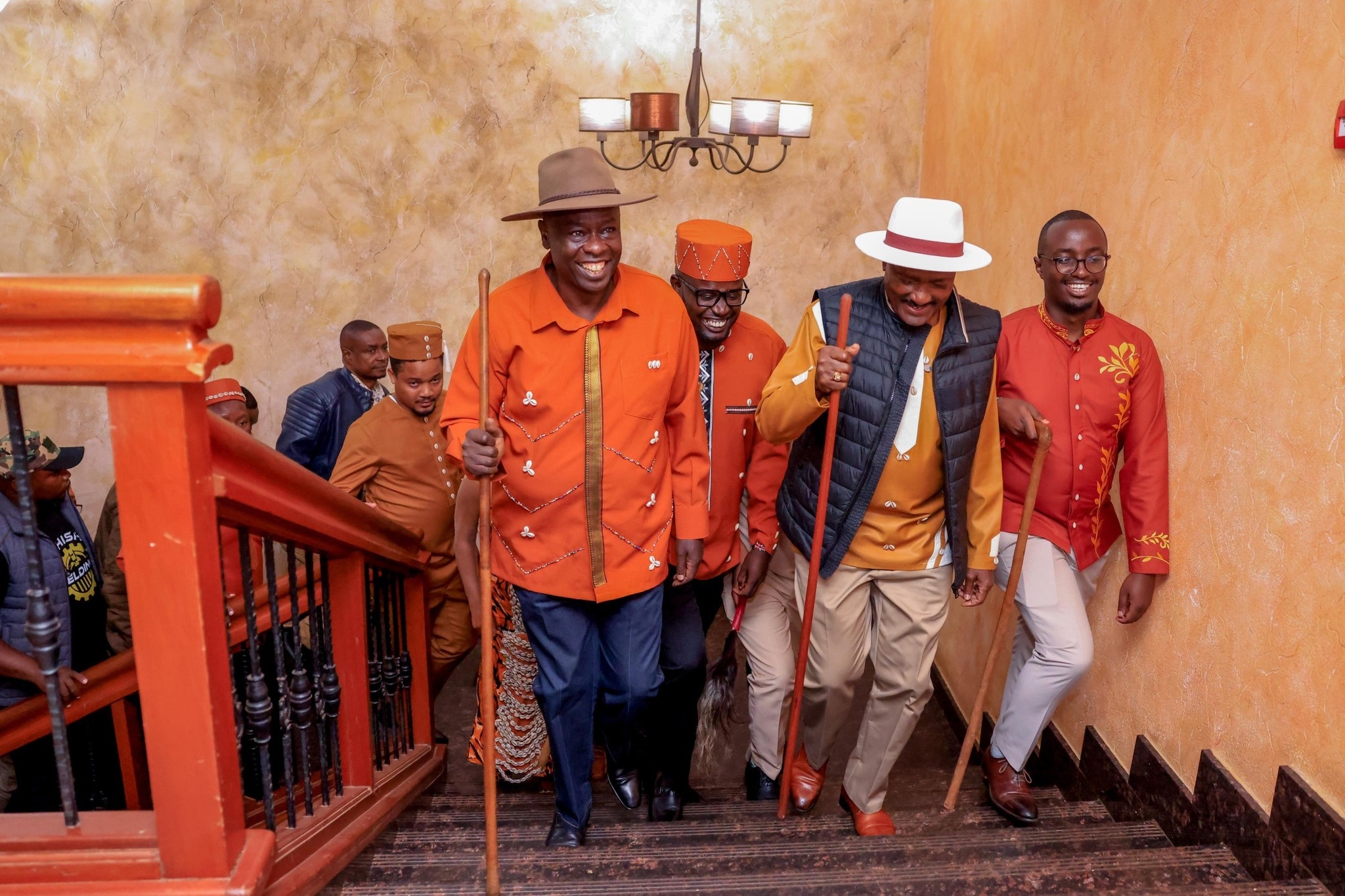Prior to the Gen Z protests in mid last year, it was widely acknowledged that only the veteran opposition leader Raila Odinga, now African Union Commission chairperson candidate, was capable of calling nationwide protests in Kenya.
Before the Gen Z ‘uprising’ that was triggered by the contested Finance Bill, 2024, it was the Azimio la Umoja coalition leader who had called for a series of protests to demand action against the country’s skyrocketing cost of living following the hotly contested 2022 general election.
The scale of protest in June when the National Assembly voted to enact the unpopular Finance Bill was unprecedented.
The protests were spontaneous and widespread, occurring not only in Nairobi but also across the country, including in areas that rarely see demonstrations such as Lamu, Lodwar and even in the President’s hometown of Eldoret in Uasin Gishu county.
The emergence of the tribeless and leaderless Gen Z movement caught both the ageing second liberation heroes and the passive millennials off guard.
It was a first of its kind, as protests had been known as the preserve of opposition politicians and synonymous with Raila, also known as ‘Jamaa wa maandamano’ and the former Azimio la Umoja coalition leader.
The question arises: where did the Gen Z movement originate? Was there a void in the Kenyan political landscape? And why did Gen Zs take the lead? The Luo Nyanza region, under the leadership of Raila, has long been synonymous with opposition politics. However, Raila’s transition into the government through the controversial ‘Handshake’ of February 2018, amidst calls for secession and following the deaths of hundreds of Luo protesters, signalled opposition fatigue from Luo Nyanza.
It was a clear about-turn of a renowned social democrat—a classic case of ‘if you cannot beat them, join them.’ The lakeside community seems to be keen to abandon habitual opposition politics that has been its forte for decades, triggered in 1966 when Jaramogi Oginga Odinga resigned from Kenyatta’s government as the first vice president on ideological grounds.
Jaramogi, a socialist with close ties with countries like China and Russia, served as the Bondo constituency legislator in Siaya county, Nyanza.
He consistently challenged both the Kenyatta and Moi administrations until his passing in 1994, making Nyanza a stronghold of opposition politics. Upon his death, his son, Raila, succeeded him as the ‘father of opposition politics,’ vying for the presidency for a record five times unsuccessfully.
Always so close yet so far. The ageing Raila, after losing to President Ruto in 2022, followed a familiar script back to government: sustained street protests due to the cost of living crisis and a quick aboutturn to become the Kenyan candidate to the AUC chairperson election expected next month.
The switch by the former Prime Minister significantly weakened the opposition both outside and inside Parliament. In contrast, regions like the populous Mt Kenya have been the biggest beneficiaries of two successive regimes: the Mwai Kibaki and Uhuru Kenyatta administrations in the recent past and one of the biggest ‘shareholders’ in the Ruto administration.
For this reason, revolution could not come to birth here. Further, the devastating effect of Mau Mau on the people of Mt Kenya implanted and seemingly encouraged the growth of a biting social cultural chill.
The children of Mau Mau are still fighting fear that was ingrained in the people, scaring them from asserting themselves and defending their interests with vigour or taking pride in themselves.
These experiences promoted meekness, readiness to submit, and inexplicable sense of collective guilt and self-doubt. It also promoted an attitude of cowardice at the expense of the community.
The lingering trauma of the 1950s atrocities and subsequent cycles of post-election violence since 1992 have left the community vulnerable and unable to defend themselves against external threats effectively.
Historically, Kenyan youth have played a pivotal role in political activism, particularly in times of government repression. During the era of one-party rule under the Kanu regime, university students often served as a de facto opposition, organising demonstrations and challenging the government.
The “freedom generation” - comprised of young Kenyans who have not experienced the scars of past wars or liberation struggles - represents the Gen Z cohort.
Utilising digital platforms, these youths have mobilised to protest against issues such as excessive taxation, corruption, tribalism and political favouritism within the government.
Despite the successes, however, these countrywide protests left scores dead, others disappeared without trace and others with life-altering injuries due to police brutality.
The writer is an
advocate of the
High Court and
a governance
practitioner













